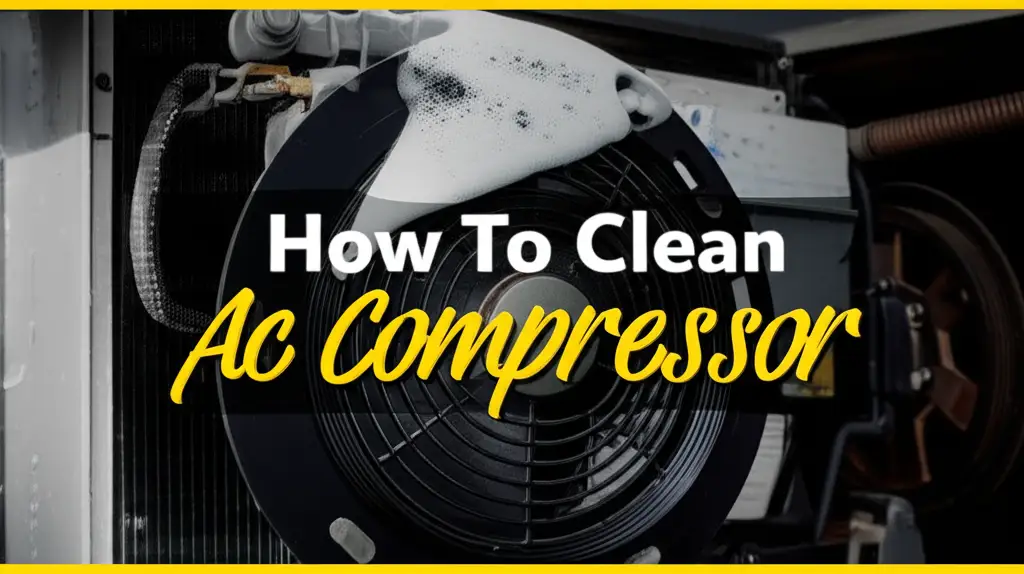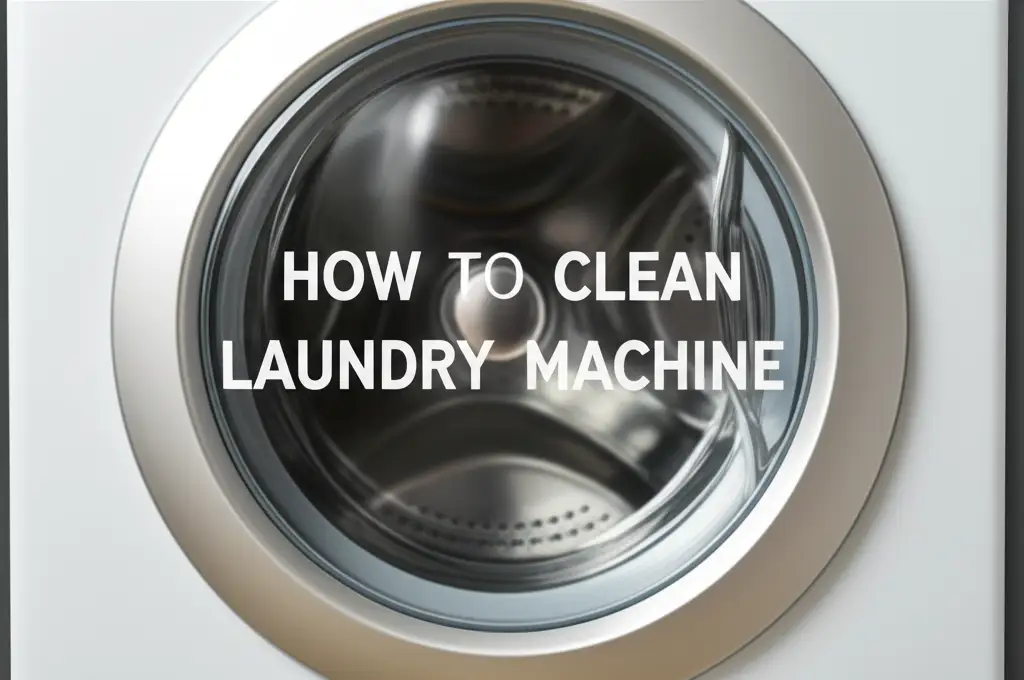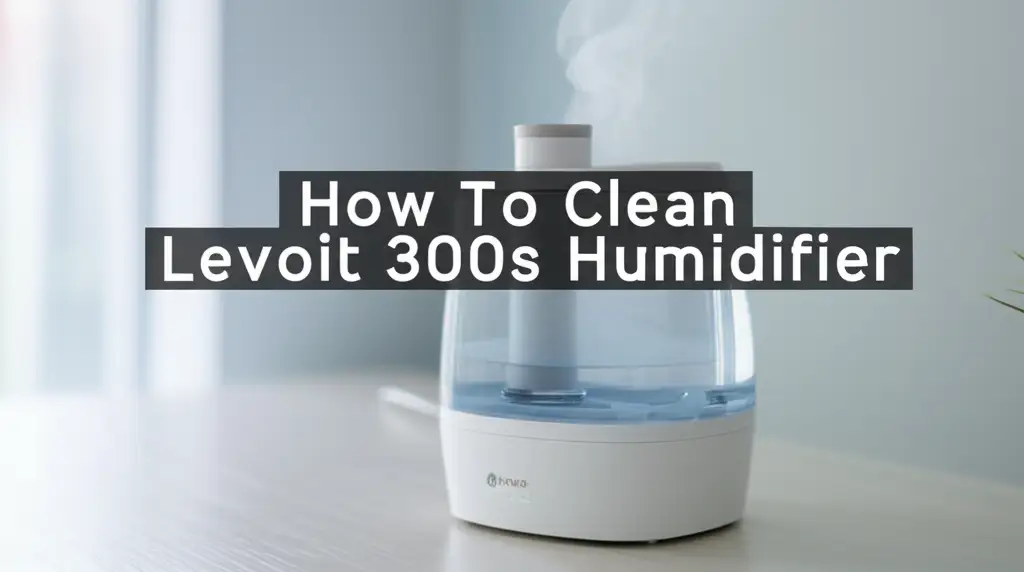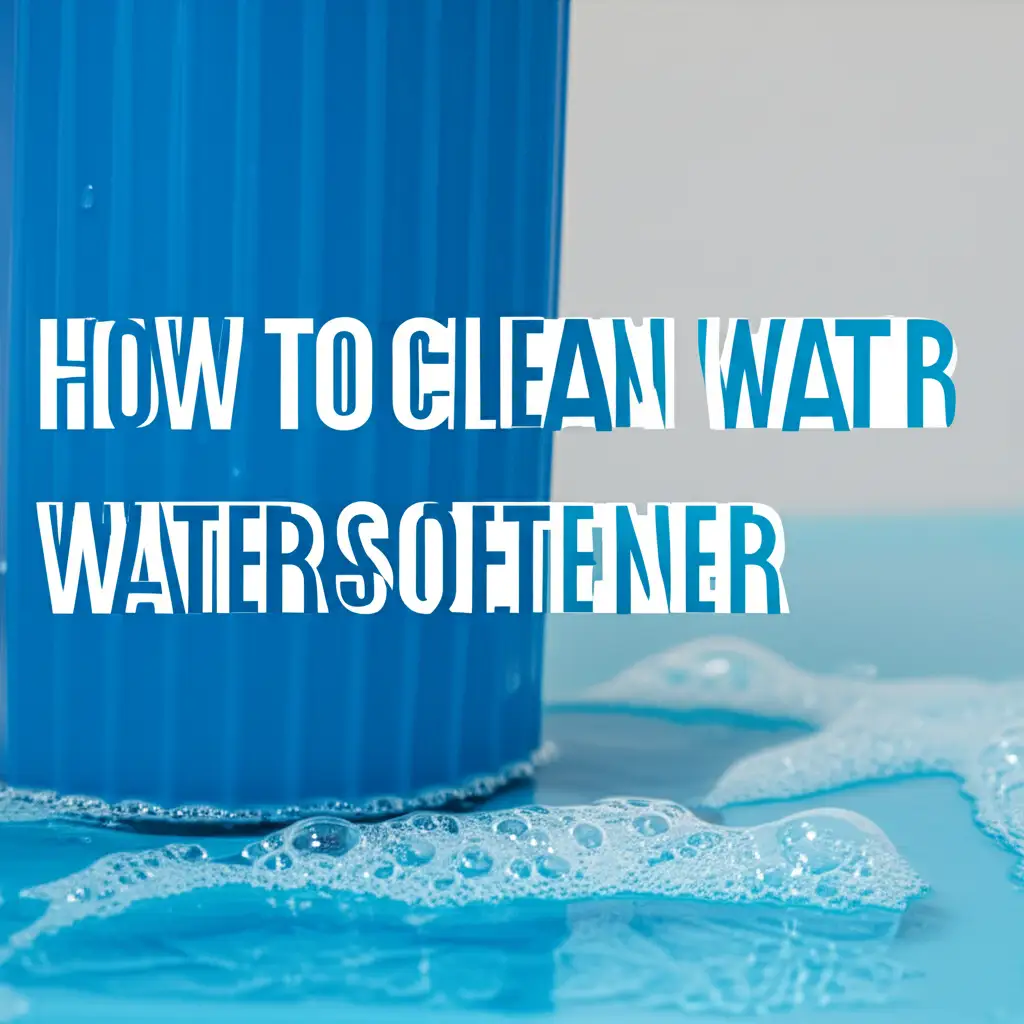· Home Appliance Maintenance · 18 min read
How To Clean Ac Compressor

Boost Your Cooling: How to Clean Your AC Compressor
A powerful air conditioning system brings comfort, especially during hot weather. The AC compressor is the heart of your cooling system. It works hard to move refrigerant, making your home cool. When this vital component struggles, your entire AC unit performs poorly. Dirt, debris, and neglect often cause these issues.
Many people wonder how to clean AC compressor units. You cannot clean the compressor itself. It is a sealed unit. Instead, “cleaning the AC compressor” means maintaining the outdoor unit where it lives. This involves cleaning the condenser coils, fan blades, and the area around the unit. Proper cleaning ensures your compressor runs efficiently. It also extends its lifespan. This guide gives you the steps to perform this essential maintenance. We help you keep your AC system running smoothly.
Takeaway
- You cannot clean the AC compressor internally; it is a sealed unit.
- “Cleaning the AC compressor” means maintaining the outdoor condenser unit.
- Regular cleaning improves efficiency and extends the lifespan of your AC system.
- Always prioritize safety by disconnecting power before starting any work.
Your Quick Answer to AC Compressor Cleaning
To “clean” your AC compressor, focus on maintaining the outdoor condenser unit. This involves turning off power, clearing debris, cleaning condenser coils and fan blades, and inspecting the surrounding area. These actions help the sealed compressor unit run efficiently and last longer.
Understanding Your AC Compressor and Its Role
The AC compressor is a critical part of your air conditioning system. It works like a pump. Its job is to pressurize the refrigerant gas. This process moves heat from inside your home to outside. A healthy compressor means efficient cooling. If your compressor struggles, your AC system cools less effectively. It also uses more energy.
Heat is the enemy of any compressor. The outdoor unit, called the condenser, releases heat. The compressor sits inside this unit. Dirt, leaves, and grass clippings can block airflow to the condenser coils. When airflow is blocked, the compressor works harder. This makes it overheat. Overheating shortens the compressor’s life. It can also cause costly breakdowns. Proper external cleaning of the condenser unit helps the compressor stay cool. It allows the compressor to do its job without unnecessary strain. This is why maintaining the outdoor unit is vital for compressor health.
You might wonder why you cannot clean the compressor itself. The compressor is a sealed component. It contains refrigerant and special oils. Opening it yourself would release refrigerant into the atmosphere. This is harmful to the environment. It is also against the law without proper certification. Internal problems with a compressor require professional help. This article focuses on tasks you can safely do. These tasks improve the compressor’s performance. They also protect your entire AC system. Maintaining the area around the compressor directly impacts its efficiency. It helps ensure it cools your home reliably for years.
Safety First: Preparing for AC Unit Maintenance
Safety is the most important step before you start any AC unit cleaning. Your AC unit has powerful electrical components. It also contains pressurized refrigerant. Ignoring safety can lead to serious injury or system damage. Please follow these precautions carefully. I always make sure to put safety first when working on any appliance.
First, locate the main power disconnect for your outdoor AC unit. This is usually a small box mounted on the wall near the unit. It often has a pull-out handle or a switch. This disconnect cuts power directly to the outdoor unit. Do not rely solely on your thermostat. Turning off the thermostat only stops the unit from running. It does not remove all power. Always pull the handle out or flip the switch to the “OFF” position. You will hear a click. This ensures no electricity flows to the unit.
Next, consider wearing protective gear. I recommend sturdy work gloves. These protect your hands from sharp metal fins or debris. Safety glasses are also a must. They shield your eyes from dust, dirt, or stray debris that might fly during cleaning. Long sleeves and pants can protect your skin. They offer protection from scratches and sun exposure. Ensure you have stable footing. Avoid cleaning on a wet or uneven surface.
Make sure the unit has completely stopped running. The fan blades should be still. Give it a few minutes after cutting power. This allows any residual energy to dissipate. If you are unsure about any step, please do not proceed. It is always better to call a qualified HVAC technician. They can perform the cleaning safely for you. These simple safety steps protect you and your equipment.
Gathering Your Tools: What You Need for AC Compressor Area Cleaning
Having the right tools makes the cleaning process much easier. It also ensures you clean the outdoor unit effectively and safely. You do not need many specialized tools for this job. Most items you might already have around your house. I always gather all my tools before I start any project. This saves time and keeps me organized.
Here is a list of what you will need:
- Screwdriver: You will need a screwdriver (usually a Phillips head or nut driver) to remove the cover screws of the outdoor unit. This allows access to the fan and coils.
- Work Gloves: As mentioned before, gloves protect your hands from sharp fins and debris.
- Safety Glasses: Eye protection is crucial. Dust and debris can easily fly into your eyes during cleaning.
- Stiff Brush or Broom: Use this to sweep away loose leaves, grass, and large debris from around the unit.
- Garden Hose with Spray Nozzle: A regular garden hose is perfect for rinsing off dirt from the coils. A nozzle helps direct the water spray.
- Fin Comb (optional but recommended): This tool helps straighten bent condenser fins. Bent fins block airflow and reduce efficiency. It is important to be gentle when using a fin comb.
- Coil Cleaner (optional): Specialized coil cleaner can help dissolve stubborn grime on condenser coils. Read the instructions carefully for proper use. Choose an AC-safe, non-acidic cleaner.
- Wet/Dry Shop Vacuum (optional): This can be useful for sucking up debris from inside the unit base.
- Soft Cloths or Rags: For wiping down surfaces.
You can find fin combs and coil cleaners at most hardware stores. Remember, using the correct tools ensures a thorough and safe cleaning job. Avoid using high-pressure washers directly on the coils. High pressure can bend the delicate fins. A standard garden hose provides enough pressure for effective rinsing.
Step-by-Step Guide to Cleaning the Outdoor Condenser Unit
Cleaning the outdoor condenser unit is crucial for your AC compressor’s health. This is where your compressor works, and keeping this area clean ensures efficient heat dissipation. Follow these steps carefully to ensure a thorough and safe cleaning process. I take my time with each step to make sure I do it right.
Power Disconnection and Unit Access
Your first step is to completely disconnect power to the outdoor unit. Locate the electrical disconnect box near your condenser unit. It usually has a pull-out handle or a sturdy switch. Pull the handle out or flip the switch to the “OFF” position. This stops all electricity flow to the unit. Next, remove the screws that hold the top grille and fan assembly in place. These are usually on the top edges of the unit. Carefully lift the fan assembly straight up and set it aside. Be careful not to damage the wires connecting the fan motor. Sometimes, these wires are long enough to allow you to set the assembly next to the unit. If not, support it carefully.
Removing Debris
Once you have access, you will see accumulated leaves, twigs, dirt, and other debris inside the unit. Use your hands, wearing gloves, to pull out any large pieces of debris. A wet/dry shop vacuum can also be useful here to vacuum up smaller bits from the bottom of the unit. Pay attention to the area around the base of the compressor itself. Clear away anything that could obstruct airflow. Also, look at the external sides of the unit. Clear away any leaves, grass, or weeds growing too close. You should have at least two feet of clear space around the entire unit for proper airflow. This initial debris removal is a quick way to improve airflow.
Cleaning Condenser Coils
The condenser coils are the metal fins that wrap around the outside of the unit. They look like a radiator. These coils dissipate heat. Over time, dirt, dust, and grime build up on them. This acts like an insulating blanket. It prevents the coils from releasing heat effectively. Your compressor then works harder to cool your home.
Start by rinsing the coils from the inside out with a garden hose. This pushes dirt outwards. Use a gentle to moderate spray, not high pressure. High pressure can bend the delicate fins. If you have a coil cleaner, spray it generously onto the coils following the product’s instructions. Let it sit for the recommended time. Most cleaners foam up as they work, lifting the grime. Then, rinse the coils thoroughly again with the garden hose. Make sure no cleaner residue remains. For information on cleaning other AC components, you might find our guide on how to clean an outside AC unit helpful.
After rinsing, inspect the fins. If any are bent, gently use a fin comb to straighten them. Bent fins restrict airflow. Straightening them improves the unit’s efficiency. Be careful not to puncture the coils. Straight fins allow air to flow freely over them. This helps the compressor cool down more effectively.
Cleaning Fan Blades
The fan pulls air across the condenser coils. If the blades are dirty, the fan cannot move air efficiently. Use a soft cloth or brush to gently wipe down each fan blade. You can use a mild soap and water solution if the blades are very grimy. Make sure the blades are completely dry before reassembling the unit. Avoid getting water into the fan motor. Clean fan blades mean the air flows properly. This directly aids the compressor in releasing heat.
Reassembly and Power Restoration
Once all cleaning is done, carefully place the fan assembly back onto the unit. Make sure the wires are not pinched. Secure it with the screws you removed earlier. Double-check that all connections are tight and secure. Clear away any tools or debris from around the unit. Lastly, go back to the electrical disconnect box. Restore power by pushing the handle back in or flipping the switch to “ON.” Your AC unit is now ready to run more efficiently. You have completed an important step in helping your AC compressor perform at its best.
Cleaning Indoor Components That Affect Compressor Performance
While your focus is on the outdoor AC compressor’s surroundings, the indoor components play a significant role in its overall efficiency. A dirty indoor unit can force the compressor to work harder. This leads to increased energy consumption and potential wear. Maintaining the indoor system ensures the whole cooling process runs smoothly. I always check these indoor parts when I maintain my outdoor unit.
Air Filters
The air filter is your first line of defense against dirt and dust entering your AC system. A clogged filter restricts airflow to the evaporator coils. This makes the indoor fan motor work harder. It also means less heat is absorbed from your home’s air. When less heat is removed inside, the compressor has to work overtime to compensate. Check your air filter monthly. Replace disposable filters every 1 to 3 months, or clean reusable ones. A clean filter allows for optimal airflow. This reduces strain on the entire system, including the compressor. For more details on maintaining indoor units, you might find guidance on how to clean an AC unit inside.
Evaporator Coils
The evaporator coils are inside your indoor unit, usually in the furnace or air handler. These coils absorb heat from your home’s air. If the air filter is dirty or neglected, dust and debris can bypass it. This debris can build up on the evaporator coils. Dirty evaporator coils reduce the system’s ability to absorb heat. This forces the compressor to run longer to reach the desired temperature. Cleaning evaporator coils is more complex. It often requires professional tools and expertise. However, a clean air filter significantly reduces the dirt buildup on these coils. This in turn reduces the workload on your compressor.
Drain Pan and Drain Line
The drain pan collects condensation from the evaporator coils. The drain line carries this water outside. If the drain pan or line gets clogged with algae or slime, water can back up. This can cause leaks or even flood your furnace area. A clogged drain line can also lead to excess humidity in your home. This makes the AC system less effective at cooling. In some cases, safety switches in the AC system might shut off the unit if the drain pan overflows. This stops the compressor from running. Regularly check your drain pan for standing water or blockages. You can clear minor clogs in the drain line with a wet/dry vacuum or a specialized brush. For specific instructions on clearing drain lines, refer to our article on how to clean an AC drain line with an air compressor. Keeping these components clean helps the entire system operate without interruption.
Regular Maintenance Schedule for Optimal Compressor Health
Establishing a regular maintenance schedule is the best way to ensure your AC compressor stays healthy. Consistent care prevents minor issues from becoming major, costly repairs. It also ensures your system runs efficiently, saving you money on energy bills. I follow a clear schedule for my own AC unit.
Annual Spring Cleaning (Before Cooling Season): This is the most important cleaning you will do. Before you heavily rely on your AC in the warmer months, give the outdoor unit a thorough cleaning. Perform all the steps detailed in the “Step-by-Step Guide to Cleaning the Outdoor Condenser Unit” section. This includes:
- Disconnecting power.
- Removing all large debris.
- Rinsing condenser coils from the inside out.
- Cleaning fan blades.
- Straightening bent fins with a fin comb.
This deep clean prepares your system for the demands of the cooling season. It removes any buildup from the previous year or the winter months.
Monthly Checks (During Cooling Season): Throughout the cooling season, perform quick visual checks and minor maintenance:
- Air Filter Inspection: Check your air filter every month. Change or clean it as needed. A dirty filter significantly impacts efficiency.
- Clear Outdoor Area: Walk around your outdoor unit. Remove any new leaves, grass clippings, or weeds that have accumulated. Ensure there is still at least two feet of clear space around the unit.
- Listen for Unusual Noises: Pay attention to any new or strange sounds coming from your outdoor unit. Early detection of issues can prevent bigger problems.
- Check Drain Line: Briefly check the outdoor end of your drain line for steady water flow. Ensure it is not clogged.
Bi-Annual (Fall) Prep: Before winter sets in, it is a good idea to perform a lighter clean. Remove any fallen leaves or debris that might gather in or around the unit. This prevents organic matter from sitting inside the unit all winter. This helps prevent rust or corrosion. You do not need to do a deep coil clean in the fall. Just make sure the unit is clear. This gentle care helps keep your AC unit in good shape year-round.
Consistent maintenance helps your AC compressor last longer. It also keeps your cooling costs down. Think of it as a small investment of your time. This investment pays off with reliable, efficient cooling.
When to Call a Professional: Recognizing Compressor Issues
While routine cleaning helps maintain your AC compressor’s health, some issues require a professional’s touch. The compressor is a complex and sealed component. If you suspect internal problems, it is best to call a certified HVAC technician. Attempting to fix internal compressor issues yourself can be dangerous. It can also cause further damage or void your warranty. I always know my limits and call a pro when needed.
Here are signs that indicate a potential compressor issue and when to call a professional:
- No Cooling: If your AC unit is running, the fan is spinning, but no cold air comes out, the compressor might be faulty. This is a common sign of a compressor that is not doing its job.
- Loud Noises from Outdoor Unit: The outdoor unit makes some noise during operation. However, excessively loud grinding, rattling, clanking, or banging noises are red flags. These sounds often point to internal mechanical issues within the compressor.
- Tripping Circuit Breaker: If your AC unit frequently trips the circuit breaker, especially when starting, it can indicate a failing compressor. A struggling compressor draws too much power, overloading the circuit.
- Unit Blows Warm Air: Even if the fan runs, if the air coming from your vents is warm or only mildly cool, the compressor might not be properly compressing the refrigerant. This means it is not moving heat out of your home.
- Frozen Condenser or Evaporator Coils: While dirty coils can freeze, a failing compressor can also cause coils to freeze. This is often due to low refrigerant pressure or a system imbalance that the compressor usually manages.
- High Energy Bills (without other changes): A compressor working too hard or inefficiently will use more electricity. If your energy bills suddenly spike without a change in usage, your compressor might be struggling.
- Refrigerant Leaks: If you notice a hissing sound or see oily residue near your outdoor unit, it could be a refrigerant leak. A professional is required to fix this. They must also recharge the system with refrigerant.
Remember, a professional technician has specialized tools. They also have the training to diagnose and repair compressor issues safely. They can check refrigerant levels, pressure, and electrical components. They also handle refrigerant responsibly. Do not attempt internal repairs on your compressor. Calling a pro early can prevent small problems from turning into complete system replacements. This saves you money and stress in the long run.
FAQ Section
Can you really “clean” an AC compressor internally?
No, you cannot clean an AC compressor internally. The compressor is a sealed unit. It contains refrigerant and specialized oils. Attempting to open it would release refrigerant, which is dangerous and illegal. Cleaning focuses on the external parts of the AC unit to help the compressor run efficiently.
How often should I clean my AC unit’s outdoor part?
You should perform a thorough cleaning of your outdoor AC unit annually, ideally in the spring before heavy use. During the cooling season, check it monthly. Remove any new debris. This regular maintenance helps your AC compressor perform optimally.
What are signs of a struggling AC compressor?
Signs of a struggling AC compressor include no cold air, unusually loud noises from the outdoor unit, frequent circuit breaker trips, or the unit blowing warm air. Increased energy bills without a change in usage can also point to a problem.
Is it safe to clean the AC unit myself?
Yes, cleaning the external parts of your AC unit is safe to do yourself. Always remember to turn off the power at the disconnect switch first. Wear safety glasses and gloves. Avoid using high-pressure washers on the coils. If you are unsure, call a professional.
What tools do I need for basic AC cleaning?
For basic AC cleaning, you will need a screwdriver, work gloves, safety glasses, a stiff brush or broom, and a garden hose with a spray nozzle. A fin comb and coil cleaner are also useful but optional for more thorough cleaning.
How does a dirty AC unit affect the compressor?
A dirty AC unit, especially the outdoor condenser coils, restricts airflow. This prevents the system from properly releasing heat. The compressor then works harder and longer to compensate. This excessive strain can lead to overheating, reduced efficiency, and premature compressor failure.
Conclusion
Cleaning your AC compressor, or more accurately, maintaining the environment around it, is a vital task for any homeowner. You now understand that the compressor itself is a sealed unit. Your efforts focus on cleaning the outdoor condenser and ensuring proper airflow. This includes removing debris, cleaning condenser coils, and tidying up the fan blades. Taking these steps prevents your compressor from overheating. It allows it to work at peak efficiency. This regular maintenance helps extend the lifespan of your entire AC system. It also keeps your energy bills lower.
I encourage you to set up a regular maintenance schedule. A small amount of time spent on cleaning can prevent costly repairs down the road. Remember to always prioritize safety by disconnecting power before you begin. Gather your tools and approach the task methodically. If you ever encounter complex issues or hear unusual noises, do not hesitate to call a certified HVAC professional. They have the expertise to handle internal problems. By taking charge of your AC unit’s care, you ensure a cool, comfortable home for years to come. Start your AC maintenance today for a more efficient and reliable cooling system!
- AC maintenance
- compressor cleaning
- HVAC cleaning tips
- DIY AC repair
- air conditioning care
- home cooling
- energy efficiency




